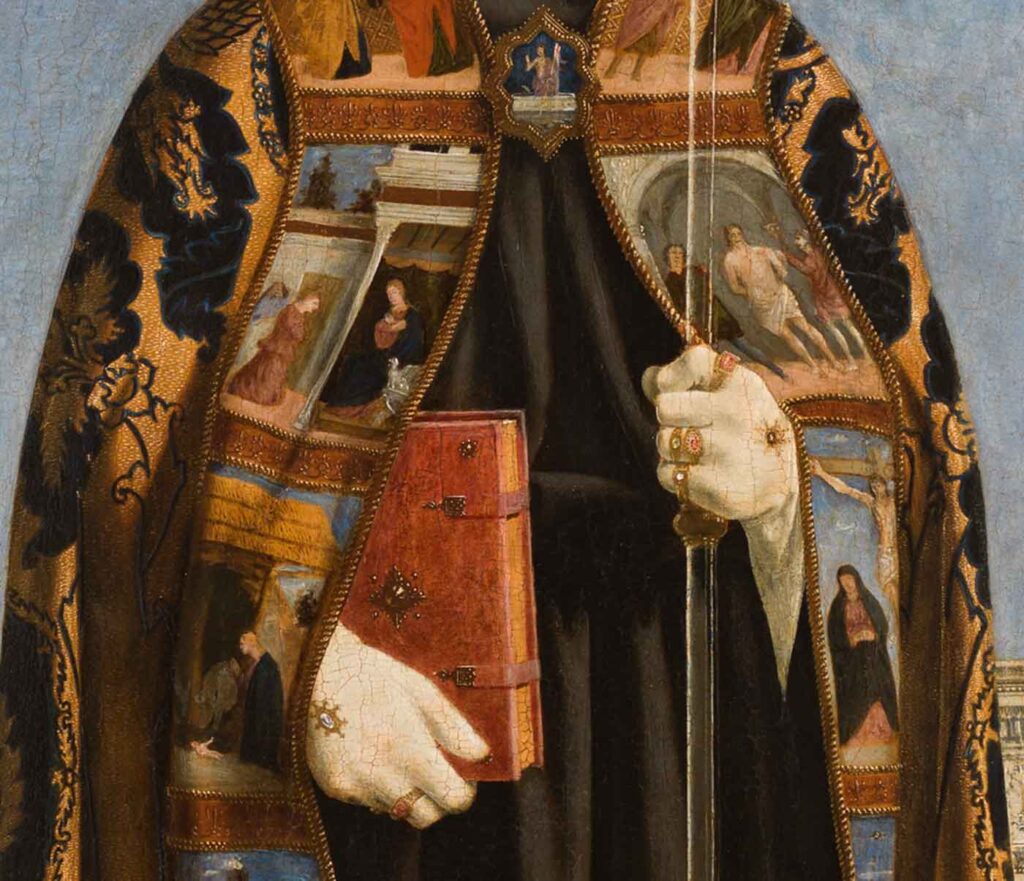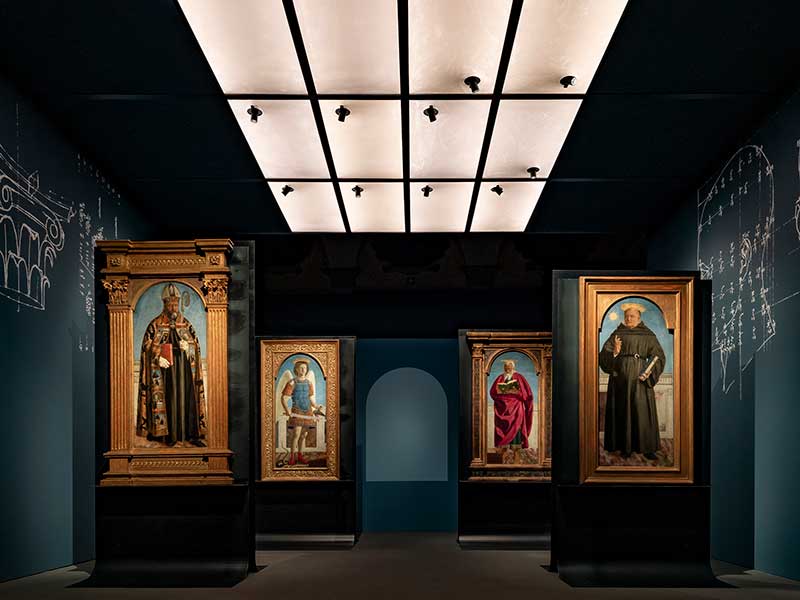The recent exhibition opened on March 20 at the Poldi Pezzoli Museum in Milan marks a historic moment.
Eight surviving panels of the Augustinian Altarpiece by the esteemed early Italian Renaissance master Piero della Francesca are reuniting after over 450 years. In a twist that adds intrigue to its narrative, this event may potentially unlock one of the enduring mysteries surrounding the artwork.
Previous attempts by museums to assemble the scattered remnants of the original 30-piece polyptych, dispersed among five institutions across Europe and the United States, have fallen short. Notable endeavors include those by the Poldi Pezzoli Museum, which secured one panel in 1996, and the Hermitage in St. Petersburg, Russia, in 2018.
The Frick Collection in New York, custodian of four panels, came closest a decade ago, managing to gather six pieces.
This time, the director of the Poldi Pezzoli Museum, Alessandra Quarto, achieved success by seizing an opportune moment. Upon learning of the six-month closure of The Frick Collection, she negotiated a loan agreement, facilitating the collaboration of museums in London, Washington, D.C., and Lisbon.

Within the exhibition, four large panels featuring saints are arranged against a serene blue backdrop, with a conspicuous void marking the absence of the central panel, lost to time with no surviving sketches or records to illuminate its subject.
Co-curator Machtelt Bruggen Israels of the University of Amsterdam emphasized the awe-inspiring artistry and grandeur of Piero della Francesca’s work, stating, “The whole is much more than the sum of its parts.” Through exhaustive research leading up to the exhibition, a breakthrough was achieved. New evidence gleaned from scientific analysis suggests that the missing central panel likely depicted the coronation of the Virgin, contrary to the long-held belief of the Virgin and Child enthroned, Israels revealed.
Infrared and stereomicroscopic examinations unveiled faint traces of two wings—one pink, one blue—on panels flanking the central piece, indicating the presence of angels. Israels speculated that these wings were likely removed when the altarpiece was dismantled, rendering the wing fragments puzzling artifacts in isolation.







